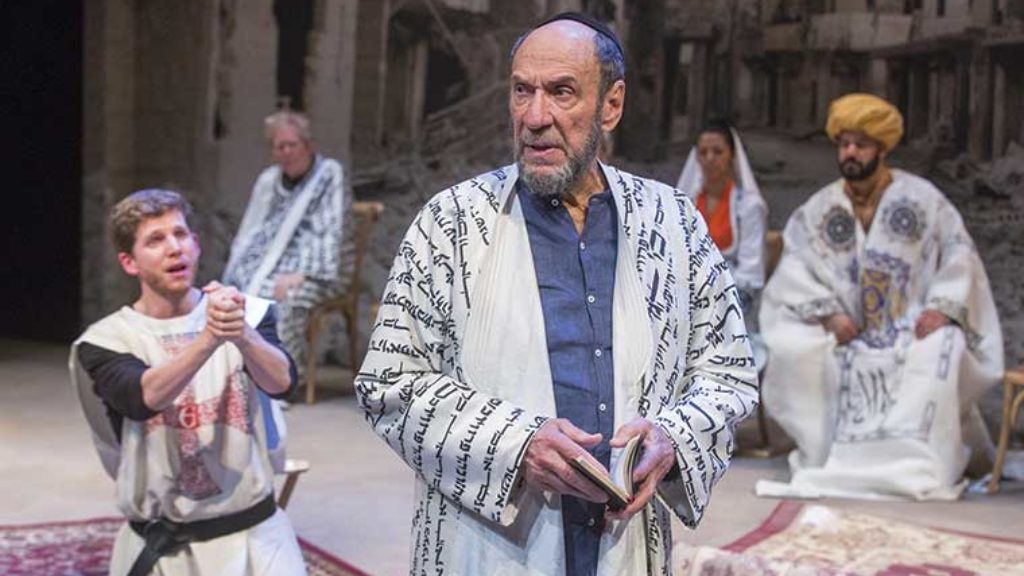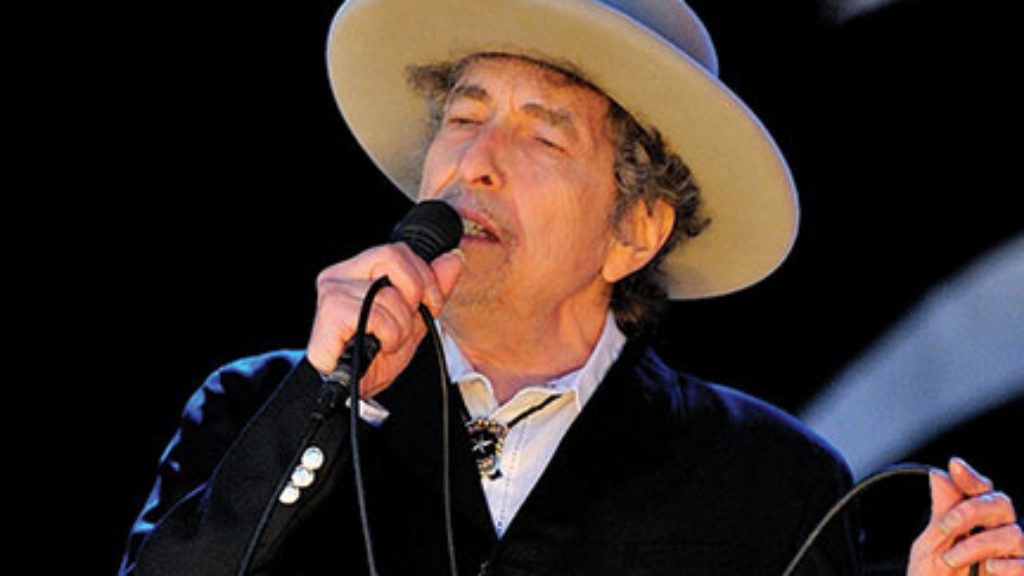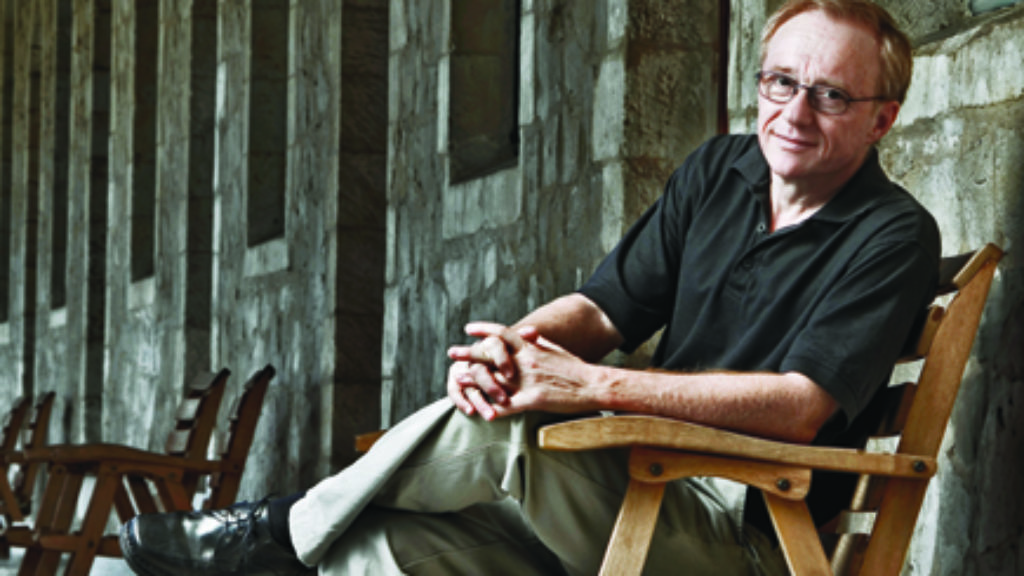The Language of Tradition
Throughout its history, the secular State of Israel has been notoriously inhospitable to non-Orthodox branches of Judaism. Despite decades of strenuous efforts on the Israeli scene, the outposts of Reform and Conservative Judaism consequently have very little to show. From a distance, Israel may thus seem to be a predominantly irreligious country with a vigorous Orthodox minority. But in reality the situation is not so simple. As a host of social-scientific studies have demonstrated, there are as many as two million people, more than a third of the total Jewish population, who define themselves as neither secular nor Orthodox but masorti, or traditional.
Both secular and Orthodox Israelis tend to disparage this rather amorphous brand of Judaism. It can certainly seem to be a kind of social way station between Orthodoxy and secularism, lacking the cohesion of a bona fide belief system or an ideology. (The modest Conservative movement in Israel is often subjected to similar criticism.) Meir Buzaglo sees things differently. His new book, Safah la-ne’emanim: Mahshavot ‘al ha-masoret (A Language for the Faithful: Reflections on Tradition), is an argument for the spiritual and intellectual integrity of moderate traditionalism. Drawing on his own Moroccan heritage no less than on the resources of late 20th-century philosophy, he seeks to show that it is precisely this looser mode of allegiance to tradition, a quasi-organic tethering to the past, that can both mediate between seemingly irreconcilable camps and hold its own.
Buzaglo’s brief for tradition reverses the usual mode of procedure: Instead of treating tradition as a set of arguments (philosophical, legal, theological) to be examined, Buzaglo approaches it as a set of lived practices that one can attempt to understand, but not dissect. It is a form of life (to invoke Wittgenstein, whose name comes up several times in the book) with its own internal logic. Buzaglo opposes any characterization of tradition as resistance to change or as the antithesis of modernity, but sees it rather as the embodiment of loyalty, which is “the necessary condition for every revolution in the Jewish world.”
The loyalty that Buzaglo affirms is directed less immediately to the God of Israel than to the generations of Jews who have testified to His existence and endeavored to live in accordance with His will. Their faith that this God revealed the Torah to the Israelites at Mt. Sinai is, he maintains, one that can no longer be fortified by means of the historical claims that Yehuda Halevi or even Samson Raphael Hirsch considered to be irrefutable or, indeed, by any other rational argument. But this is not a crucial loss, according to Buzaglo, who writes, “the loyal believer does not need to be certain that the revelation at Sinai actually took place. It is enough for him that it is not impossible and that there is no decisive refutation of it on the horizon.”
What is of vital importance to the traditional Jew is not some past event or its mere transmission in the form of information but the age-old conveyance (mesirah) of tradition, the construction of the chain of which he himself is just the latest link. “The world of one’s parents is the key to Judaism,” a key that opens the door to things that are of great value not solely because they are inherited from one’s ancestors. “Figures like Rabbi Akiva, Rashi, Maimonides, and Yehuda Halevi are the central pillars of Judaism, and it is hard to refuse the invitation to join in such company.” And who knows what will happen when one does so? The traditionalist’s readiness to serve as a link in the chain connecting his forebears with the future is an expression of the ancient Israelite response to revelation, na’asseh ve-nishmah (“we will do and we will listen”). His loyalty, the actions that he performs, and the spiritual elevation that he attains may grant meaningful insights “almost circumstantially,” as a result of which the dramatic “question of what actually happened at Mount Sinai fades away.”
Buzaglo’s allegiance to tradition does not come at the expense of openness to the outside world. In one chapter, he constructs a dialogue between Isaiah and Jeremiah’s prophetic calls for tikkun, societal reform, and the ontological inquiry of Parmenides and Plato. In another, he reads the book of Ecclesiastes in conjunction with the Bhagavad Gita in order to understand what kind of actions produce happiness. The lesson Buzaglo draws from these encounters of Jewish sources with various foreign traditions is that Judaism is fully capable of negotiating with others. Moreover, those who undertake such negotiations need not worry that their uniquely Jewish obligations are being “crowded out.”
Buzaglo himself takes these obligations very seriously, and not only in theory. A professor of philosophy at the Hebrew University, he is no ivory tower academic. Born in Morocco, he immigrated as a young child to Israel, where he grew up in the working-class Haifa suburb of Kiryat Yam. He is actively involved in Ma’ayanot, an organization focused on the education of underprivileged Israelis, and the Education Ministry’s National Task Force for the Advancement of Education in Israel. In 2002 he was a signer of the Kinneret Covenant, an important step in the ongoing effort to build a broad Israeli consensus on fundamental questions of identity and politics. In the cultural sphere, he is, among other things, a member of the academic advisory committee of the website Hazmanah le-Piyut (An Invitation to Piyut), an attempt to revive interest in medieval liturgical poetry. It comes as no surprise, then, that the third and final section of his book applies the results of the preceding discussions to several aspects of the modern Jewish situation, among them: the Holocaust and national revival, political independence, ethnic tension in Israel, and “Judaism vs. Israelism.”
Buzaglo does not portray the present state of traditionalism as ideal, but he does sketch an ideal type: the person who is settled in his tradition and heeds what it says, neither imposing his own judgment on it nor surrendering his own individuality. Tradition, according to Buzaglo, requires a common framework that can sustain the weight of disagreement, allowing its members to hold opposing opinions.
The book does not include a recipe for solving the conundrum of Israeliness and Judaism through tradition. Rather, it proposes a way to situate oneself in the intricate web of fundamental problems in the Israeli-Jewish sphere. It offers a language for self-expression that is not bound by the chains of philosophical or religious dogma—a language that mediates between the old and the new, and between loyalty and innovation. Such traditionalism can, moreover, restore the relevance of language, poetry and learning in an age succeeding the one that discarded the Torah in favor of a socialist and Zionist ethos.
Buzaglo practices what he preaches. He presents a liturgical poem composed in Safed in the 16th century by Israel Najara (remembered today, if at all, as the author of the familiar Sabbath hymn “Ya Ribon”). In this poem (“Be Happy and Rejoice”) and the soft and brooding melody to which it has traditionally been sung by Morrocan Jews, Buzaglo detects, its joyous words notwithstanding, a deep, unsatisfied longing for deliverance. “For hundreds of years,” Buzaglo writes, this 16th-century poem “remained suspended,” calling out for a response, until another poet, the last in a long line of Moroccan paytanim, our author’s own father David Buzaglo, didn’t simply interpret it but completed it in his own way—with another poem, one in which yearning is tempered and restrained by humility. “His addition became part of the tradition, and thus the tradition is built upon tradition that is built upon tradition.” And, as he doesn’t have to say, Buzaglo’s own reflections on these two complicated poems constitute yet another link in the tradition. In an age in which excessive liberalism and religious extremism have joined forces and effectively negated genuine open-mindedness, when many people increasingly feel suffocated by the polarized state of affairs in Israel, Buzaglo thus demonstrates that loyalty to tradition as a tangible possibility for the individual and the community is a refreshing option.
This is an important book, deeply felt and deeply argued, but one wonders whether it will have the cultural impact to which Buzaglo clearly aspires. There are certainly aspects of this book that could stand in the way of its success. On the one hand, Buzaglo’s interesting philosophical arguments are liable to be perceived as too abstract and theoretical to illustrate the naturalness of loyalty. On the other hand, his description of Jewish tradition’s porous borders may be perceived by some as far too open-ended. The eclectic range of articles and subjects contained in the book also leaves it vulnerable to the criticism that he hasn’t provided a conventionally structured argument. However, the author’s personal example, together with his positive approach to the thorniest questions of Jewish and Israeli identity, might overcome such a critique by means of a different method, born of tradition and not an academic discipline.
Suggested Reading

Saladin, a Knight, and a Jew Walk Onto a Stage
Outside of Germany, Nathan the Wise is one of those works more often read than performed, and more often read about than actually read.

A Foreign Song I Learned in Utah
Despite all of Bob Dylan’s subterfuges, disguises, and costume changes, he really was a child of the American heartland. Winning the Nobel Prize might actually be his most Jewish achievement.

Love and War
David Grossman has for sometime been one of Israel's most talented and important writers. In many of his novels, his feeling for adolescence—one is tempted to say, his identification with it—has been so brilliantly intuitive that the imagining of adulthood has scarcely been possible. In To the End of the Land, Grossman makes his breakthrough.
In (Partial) Defense of Doublethink
How does one survive psychologically under the control of chaotic evil? Take Evgenia Ginszburg, for example . . .
Comments
You must log in to comment Log In